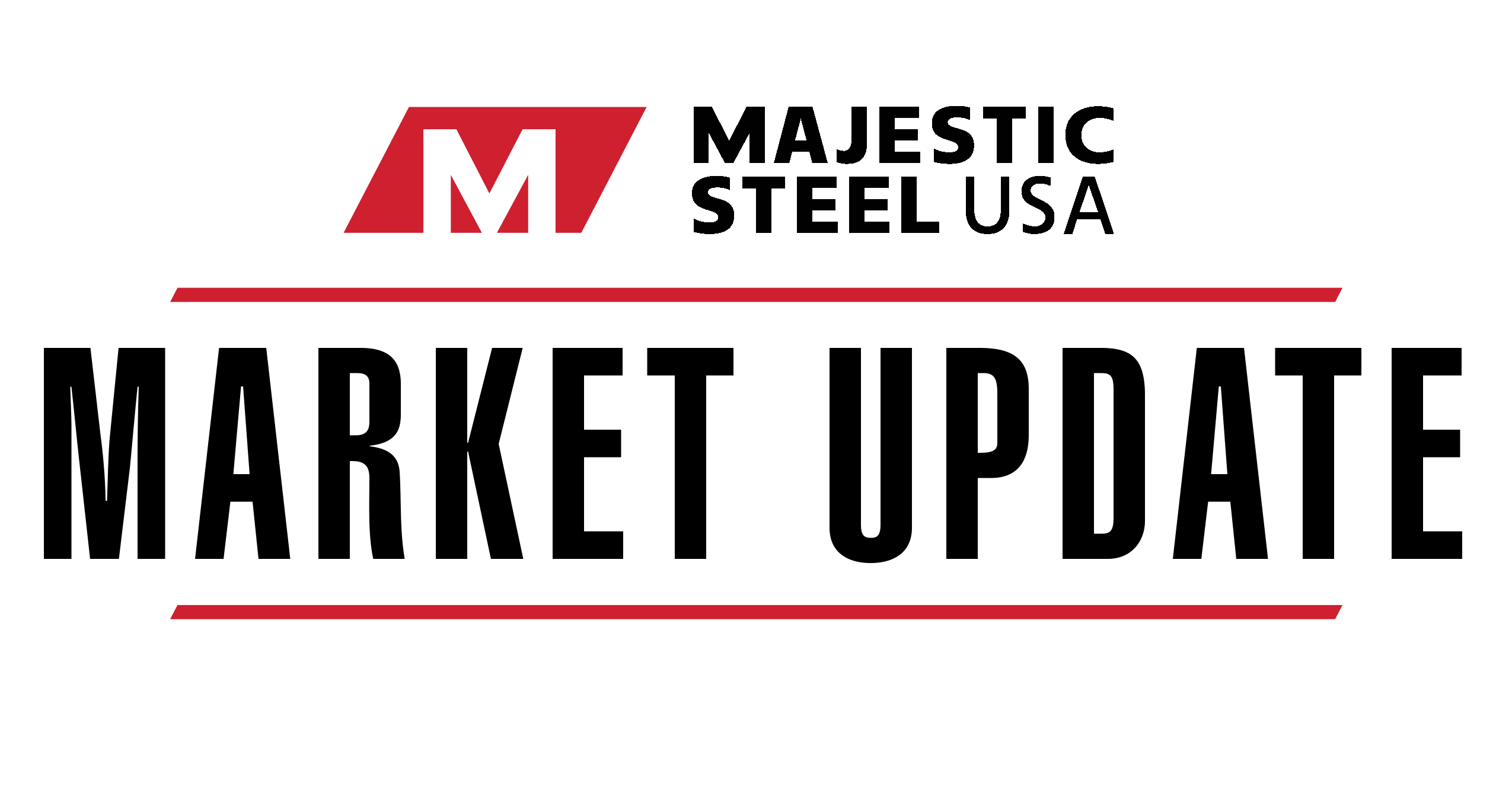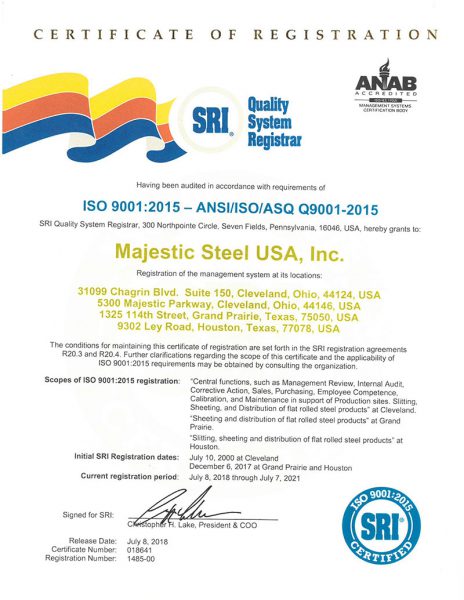Market Update | April 9, 2025
TOTAL CARBON STEEL CONSUMPTION DROPPED ON A MONTH-OVER-MONTH BASIS
While dropping on a month-over-month basis, total carbon steel consumption was up compared to last February. February total steel consumption came in at a 277.3k tons/day rate, up 1.2% compared to last February. Carbon sheet consumption saw similar trends, sliding 6.8% from January but climbing 3.45 from last February to a 148.5k tons/day rate. This was the highest February daily rate since 2020.
PRICE
The ebbs and flows of a market close to or at its peak continued this week as prices were mixed across flat-rolled products.
- While both HRC and CRC pricing slipped, HDG pricing saw a decent increase.
- While the upward trend has slowed over the last couple of weeks, the market continues to await the impacts of the reciprocal tariffs and new AD CO-RE rulings.
Input Costs
Zinc pricing was down again this week as global demand is in question due to the current trade situation.
- Pricing came in at $1.18/lb this week, down over $0.10/lb last week.
Spot iron ore pricing declined this week as well but remains in the very tight range we have seen for the past five weeks.
- The current price is now below $1.00/lb for the first time since mid-January.
Met coal pricing rebounded this week as supply disruptions in Australia continued.
- The current pricing of $177/mt is up 4.7% from last week but is still down 3.3% from this time last month.
Yesterday, President Trump signed four executive orders that will, among other things invoke emergency measures to keep coal-fired power plants operating, authorize waivers of environmental regulations, direct the Interior Department to accelerate leasing and prioritize coal development on federal lands, establish support for mining expansion, called on U.S. agencies to promote coal exports, ordered the designation of coal as a “critical mineral”, etc.
SUPPLY
U.S. raw steel production dropped sharply last week after rebounding the previous week.
- U.S. steelmakers produced 1.656 million tons at a 74.4% utilization rate, down from 1.697 million tons previously.
- Production is down 2.4% from last week and was down 2.4% from the same week last year.
- YTD production is down 1.4% from the same timeframe last year.
DEMAND
Total carbon steel consumption dropped on a month-over-month basis but was up compared to last February.
- February total steel consumption came in at a 277.3k tons/day rate, up 1.2% compared to last February.
- Carbon sheet consumption saw similar trends, sliding 6.8% from January but climbing 3.45 from last February to a 148.5k tons/day rate.
- This was the highest February daily rate since 2020.
- Sharp declines across the board (mill shipments, imports, and exports) helped to push total sheet consumption lower.
- As we move into March, the expectation is that a sharp rebound in mill shipments will overcome the continued weak import market that has been restricted due to the recent tightening tariffs/duties.
Uncertainty around future government policies, increased material costs, and labor availability negatively impacted non-residential construction planning in March.
- The March Dodge Momentum Index slipped to 205.6, down nearly 7.0% from February but still up sharply from March 2024.
- Planning for both commercial and institutional projects fell in March, sliding 7.8% and 5.0%, respectively.
- Within commercial planning, weaker planning for warehouses, data centers, and retail stores helped drive the component lower.
- On the institutional side, planning slowed for education, healthcare, and government buildings.
- The DMI is a leading indicator for nonresidential construction spending a year out.
This material, information and analyses (the “Content”) may include certain statements, estimates and projections prepared with respect to, among other things, historical data and anticipated performance. Content may reflect various assumptions by Majestic Steel USA, Inc. concerning anticipated results that are inherently subject to significant economic, competitive and other uncertainties and contingencies and have been included for illustrative purposes. Content is provided AS-IS.

